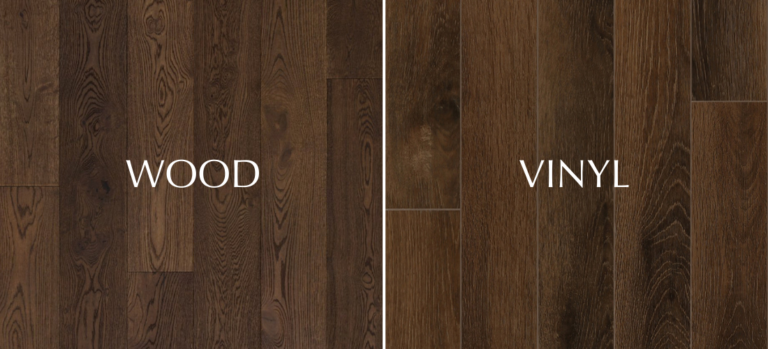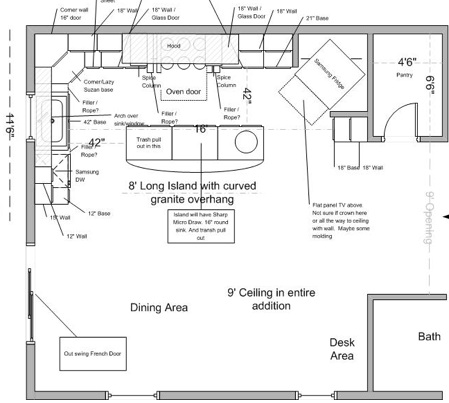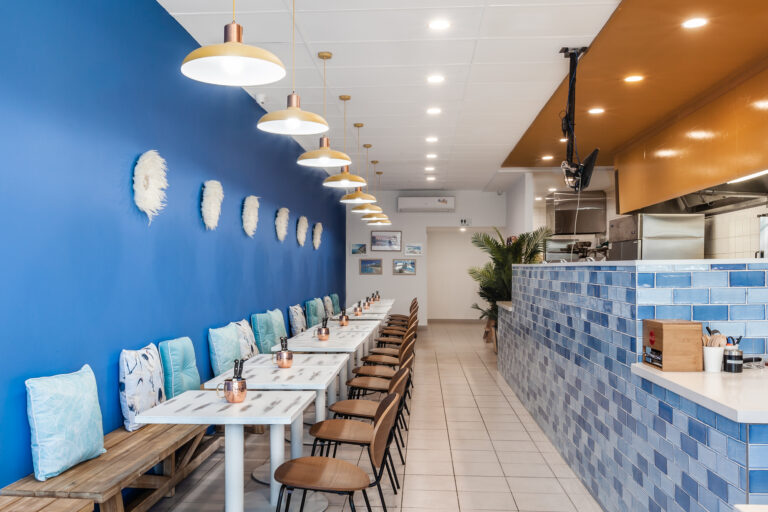How To Build A Good Kitchen?
A good kitchen is an important part of any home. It’s a space where people come together to share meals, socialize, and create memories. Having a well-designed and functional kitchen will make it easier to prepare meals, entertain guests, and enjoy your space. Building a good kitchen starts with understanding the basic requirements and having a plan for the layout. From there, you’ll need to select the right materials, appliances, and accessories to create a space that suits your lifestyle and meets your needs. With careful consideration and attention to detail, you can easily build a kitchen that will be a pleasure to use for years to come.
Choosing the Right Kitchen Layout
Creating a good kitchen starts with having the right layout. The layout of the kitchen should be designed to maximize efficiency and convenience. To do this, it’s important to consider the size of the kitchen, the shape of the room, and the type of appliances and storage that will be used.
When choosing the layout of a kitchen, it’s important to determine how the kitchen will be used. For example, if the kitchen will be primarily used for cooking and entertaining, a larger kitchen with a center island is a good option. For a small kitchen, a galley layout with two walls of cabinets and appliances makes the most sense.
Another important factor to consider is the placement of the appliances. For an efficient kitchen, it is best to place the major appliances such as the fridge and stove near one another. This will help reduce the amount of time spent walking between appliances.
The overall layout of the kitchen should be designed to accommodate the user’s needs. Consider the user’s height, comfort level, and lifestyle when designing the kitchen. For example, an ergonomic layout that is designed to reduce strain on the user’s back and shoulders is essential for a chef who spends a lot of time in the kitchen.
Choosing the right kitchen layout is essential to creating a good kitchen. By considering the size and shape of the kitchen, the user’s needs, and the placement of the appliances, you can create a kitchen that is both efficient and comfortable.
Selecting the Right Appliances
Building a good kitchen requires careful consideration of all aspects, from choosing the right materials to selecting the right appliances. When it comes to appliances, there are countless options to choose from. Before making a decision, it’s important to consider what type of appliances you need and how they fit into your budget.
When selecting the right appliances, look for products that offer energy-efficient features. This will help you save on energy bills and reduce your environmental footprint. Additionally, consider the size of your kitchen and how much countertop space you need. If you have a small kitchen, opt for compact models to save on space.
Look for appliances with the latest technology. Smart appliances, such as refrigerator and ovens, are becoming increasingly popular. These products can help you monitor your food consumption, reduce energy use, and even order groceries online.
Finally, don’t forget to look out for warranties and customer service ratings. A warranty helps protect your investment, and customer service ratings can give you an idea of how reliable a product is. With the right research, you can find the perfect appliances for your kitchen.
Deciding on Kitchen Cabinetry
Kitchen cabinetry can be a major deciding factor in the overall aesthetic of your kitchen. Not only do cabinets provide storage and organization for all of your kitchen essentials, but they also set the tone of the room. When selecting kitchen cabinetry, there are a few important things to consider. First, consider the material of the cabinets. Popular choices include wood, laminate, and metal. Each material has its own set of benefits and drawbacks, so it’s important to take into account your own needs and preferences. Second, consider the size and shape of your cabinets. Are you looking for a classic look with straight lines and traditional shapes, or a more modern look with bolder colors and curved corners? Third, think about the overall design of the cabinet. Do you want a sleek, minimalist look or something more ornate and decorative? Once you’ve taken all of these factors into consideration, you’ll be ready to start designing the perfect kitchen cabinetry for your home.
Choosing Countertops
Outfitting a kitchen can be a daunting task, as there are so many options to consider. Countertops are a key element to consider, as they are both a functional and decorative part of the kitchen. When it comes to choosing countertops, there are several options to choose from, such as granite, quartz, marble, and laminate. Each type of countertop has its own benefits and drawbacks, and it is important to consider the right one for your kitchen. Granite is a popular choice for countertops, as it is durable and attractive. Quartz is another popular option, as it is non-porous and easy to clean. Marble is a luxurious choice but requires regular maintenance. Laminate is a low-cost option that is available in a variety of colors and styles.
When choosing a countertop, it is important to consider the practicality of the material, its longevity, and cost. It is also important to consider the overall look and feel of the kitchen, as the countertops are a key element in the design. With the right countertop, you can add a touch of elegance and style to your kitchen.

Determining the Best Lighting
When it comes to creating a good kitchen, lighting is an essential element. Not only can it improve the look and feel of the room, but it can also help you to see better when cooking and cleaning. When selecting lighting for your kitchen, there are several factors to consider, including the type of light, the placement of the lighting fixtures, and the wattage.
When it comes to the type of lighting, ambient lighting is a good choice for general illumination. This type of lighting should be installed in the center of the room, and it can be used as the primary source of light. Task lighting is also important for certain areas of the kitchen, such as the counters and sink. This type of lighting should be bright and focused on the specific task area. Accent lighting can also be used to draw attention to certain elements, such as artwork or decorative items.
Once you’ve chosen the type of lighting, you’ll need to determine the best placement for the fixtures. Ambient lighting should be placed at the center of the room. Task lighting should be placed near the sink, stove, and counters. Accent lighting should be placed on the walls or shelves to draw attention to certain elements.
Finally, you’ll need to consider the wattage for the lighting fixtures. Too much wattage can create a glare, and too little wattage can make it difficult to see what you’re doing. For general lighting, consider using wattages between 60 and 100 watts. Task lighting should use wattages between 100 and 200 watts. Accent lighting wattage should be between 25 and 75 watts.
With the right type of lighting, the correct placement of the fixtures, and the right wattage, you can create a well-lit, inviting kitchen space.
Incorporating Decorative Elements
When it comes to designing a kitchen, decorative elements are one of the most important aspects to consider. Decorative elements can add a touch of personality to your kitchen and can help create a warm and inviting atmosphere. Decorative elements can range from kitchen backsplashes and countertops to cabinetry and kitchen hardware. They can also include things such as textiles, rugs, lighting, and other accent pieces. When selecting decorative elements for your kitchen, make sure to keep in mind the overall style and color palette of your space. You want to make sure that the decorative elements match and complement the other elements in your kitchen. Additionally, you should also consider the size of your kitchen and the amount of space you have available for decorative elements. Finally, make sure to select elements that are durable and long-lasting to ensure that your kitchen looks its best for years to come.
Finishing Touches
The finishing touches to a kitchen remodel are often the most fun part of the process, as they give the space a unique and personal touch. From choosing the right accessories to adding decorative elements, it’s essential to ensure that the kitchen looks and functions in a way that’s both aesthetically pleasing and ergonomically sound. Here are some tips to help you put the finishing touches on your dream kitchen:
Choose the right countertops – Countertop materials vary greatly in terms of durability, maintenance, and cost. Consider the use of a combination of materials, such as wood, tile, and granite, to create a unique look that can also stand up to the wear and tear of everyday use.
Pick the perfect lighting – Lighting is one of the most important aspects of a kitchen, as it has the power to greatly influence the atmosphere and mood of the space. Choose fixtures that not only look great but also provide ample lighting for the tasks at hand.
Install stylish cabinet hardware – Cabinet hardware can completely transform the look of a kitchen. Choose pieces that complement the style of your cabinets and pull the look of the space together.
Incorporate decorative elements – Add a few eye-catching touches to your kitchen to make it feel more inviting and cozy. Consider incorporating plants, artwork, and even small appliances to create a unique look with personality.
By taking the time to consider the many details that go into creating a great kitchen, you can make sure that your space is both beautiful and practical. With a few thoughtful touches, you’ll be sure to have a kitchen that you can be proud of.
Maintenance and Upkeep
Having a good kitchen means more than just having a nice and functional space for cooking and dining. It requires regular maintenance and upkeep to keep it looking and functioning its best. This includes periodic cleaning, repair of any damaged surfaces or appliances, and occasional updates to keep it looking modern and up-to-date.
When it comes to cleaning, it’s important to pay attention to both the interior and exterior surfaces of the kitchen. Wipe down the countertops, stovetops, and backsplashes to remove any grease and food build up. Use an all-purpose cleaner or mild dish soap and warm water to keep all surfaces clean and sanitized. Don’t forget to clean and sanitize the refrigerator, microwave, and other appliances on a regular basis.
It’s also important to inspect the kitchen for any potential damage, such as loose tiles, cracked countertops, and worn-out appliances. Repair these issues as soon as possible to avoid any further damage. If certain appliances need to be replaced, look for energy-efficient models that can help lower your electricity bills.
Finally, consider adding a few decorative elements to the kitchen to give it a modern look. This could include a new backsplash, cabinet hardware, and a light fixture. With a few simple updates, you can make your kitchen look and feel like a brand new space.
By following these tips, you can make sure your kitchen is in top condition and looking its best. With regular maintenance and occasional updates, your kitchen will stay beautiful for years to come.
FAQs About the How To Build A Good Kitchen?
1. What materials should I use to build a quality kitchen?
Answer: The materials you choose for your kitchen will depend on your budget and style. Popular options include wood, laminate, stone, metal, and composite.
2. How do I make sure that my kitchen is well-designed?
Answer: There are many factors that go into designing a well-designed kitchen, such as the size and layout of the space, the type of materials you use, and the layout of appliances and storage. It’s important to take all of these into consideration before starting your project.
3. What are some tips to make sure I build a good kitchen?
Answer: When building a good kitchen, it’s important to plan ahead and research materials and options. Make sure you measure your space accurately and determine the layout of the kitchen before you begin. Additionally, pay attention to details like the design of cabinets and countertops and make sure you use quality materials that will last.
Conclusion
Building a good kitchen can be a challenging and time consuming task, but the results will be worth it. With careful planning, quality materials, and attention to detail, you can create a kitchen that looks great, functions well, and will last for years. By taking the time to research what you need, shop around for the best prices, and hire a skilled contractor, you can be sure your kitchen will be the perfect place to prepare meals and entertain with family and friends.






